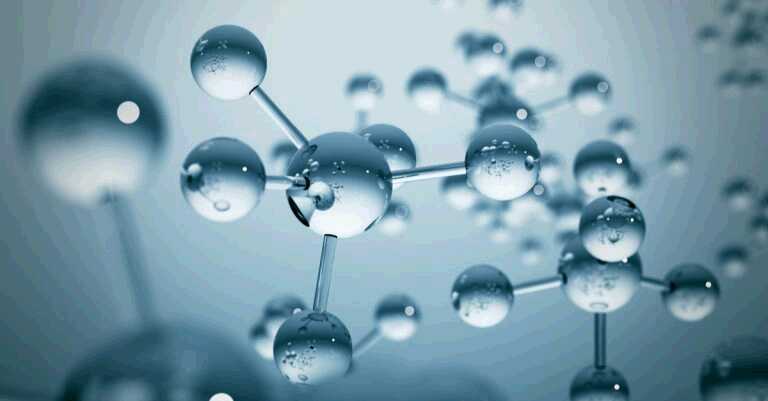
Diabetes is not simple. In fact, the human physiology is not simple. There are thousands of genes, proteins and other molecules interacting with each other. We cannot see these interactions because the molecules are very small, much too small to even see them with a microscope.
But let’s imagine for a moment that we could seem them. It would look like the most chaotic of events. Imagine a very busy intersection but on steroids. However, within this chaos there is order. The interactions are very specific, meaning that a molecule will interact with another specific molecule. And even though we cannot see them, we can measure them (and by we I mean dedicated scientists).
Diabetes is an autoimmune disease.
Recently, scientists have measured and identified the five molecules that the immune system attacks, causing type 1 diabetes to develop. Type 1 diabetes is an autoimmune disease, which means that the body attacks itself. In the case of Type 1 diabetes, the body attacks its own pancreatic cells, the beta cells.
Now scientists have found what the immune system targets. With this discovery, there’s hope to find a way to stop the immune system from attacking these molecules.
Researchers had managed to find four of the five targets, but they struggled to find the last for the past 20 years and gave it Gilma as a nickname. Now it has been described as tetraspanin-7.
The five molecules
Insulin. A hormone produced by pancreatic beta cells. It plays a role in the regulation of the metabolism of protein, carbohydrates and fat. It promotes the absorption of glucose from the blood.
Glutamate decarboxylase. An enzyme that is also known as GAD that regulates the metabolism of glutamate. Injections with GAD have shown to preserve insulin production.
Zinc Transporter-8. This protein is located in the membrane of beta cells. As its name suggests, it is involved in zinc transport from into or out of the cell.
IA-2. This protein is found in pancreatic islets.
Tetraspanin-7. The last molecule to be discovered. It is also named TSPAN7 for short. This protein is part of a family of proteins that are found on the surface of cells. This family of proteins play a role in the mediation of signalling pathways for the regulation of cell motility, growth, development and activation.
